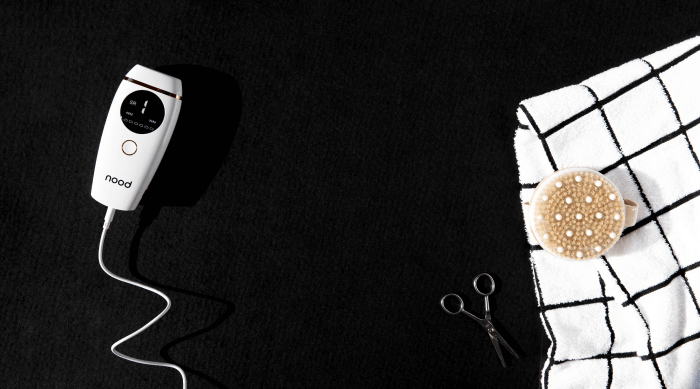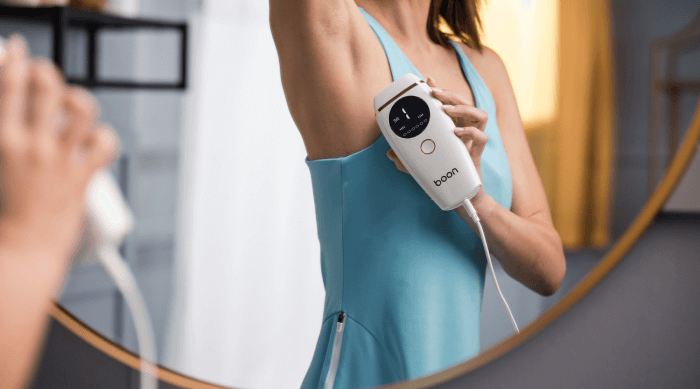
What Hair Types Respond Best to Laser Hair Treatment?
When it comes to permanent hair reduction and removal, it doesn’t get much better than laser hair removal — including at-home IPL treatments, which are even more convenient and cost-effective.
Here’s the rub, though: Laser hair removal and IPL treatments aren’t recommended for every hair type and color.
Who are the best candidates for laser hair removal? The best candidates for laser hair removal are those with fair skin colors and dark hair. The more contrast between skin and hair color, the better results you can expect to see.
Laser hair removal targets the pigment, or melanin, in your hair follicles. At-home IPL treatments work the same way with a broadband intense pulsed light instead of a single heated light source.
A good candidate for laser and IPL hair removal methods has darker hair with light skin. It’s easier for those devices to target follicles when there’s obvious contrast.
Table of Contents
Parts of the Body to Target With Laser Hair Removal
Hair Types and Skin Tones
That doesn’t mean darker skin tones are shut out of permanent hair removal completely.
Laser hair removal treatments using longer wavelengths may be better suited for those with dark skin, but they can also lead to side effects like scarring or discoloration. The Nd:Yag laser is the most common device for those with dark skin tones.
Can redheads get laser hair removal? Redheads can get laser hair removal, but there’s no guarantee that the treatments will work. Laser hair and IPL treatments aren’t generally recommended for redheads.
Here’s a rundown:
- Your body hair needs to be dark enough that it doesn’t blend in with the surrounding skin. Those blonde baby chick hairs probably won’t get picked up by most lasers or IPL devices.
- Thick, coarse hair is more straightforward for devices to target than fine hair. If your body hair is finer, that’s OK as long as there’s sufficient contrast between your hair and your skin. You may just need extra treatment sessions to get hair-free.
- There should be a contrast between your body hair and your skin. At Nood, we don’t recommend at-home IPL for anyone with blonde, red, or gray hair. There just isn’t enough pigment in those hair colors for the device to do its best work.
Parts of the Body to Target With Laser Hair Removal
Nood’s IPL device is approved for laser hair removal anywhere hair grows on your body. void dark moles or freckles in the treatment area to prevent discoloration.
If you’re targeting areas around your eyes, wear protective eyewear as part of your treatment prep.
Body parts like your underarms and bikini area respond better to treatments than others because the hair is coarse. Large areas like your legs respond well, too. You may notice more obvious post-treatment shedding in this area as well.
Fun fact: While your sessions will take longer, your legs typically have slower hair growth in their anagen (growth) phase.
Who wears short shorts? You will.
Keep in mind, you may notice some discomfort in areas with thinner skin like your upper lip or around more sensitive body parts. (We’re looking at you, Brazilians.) It’s still nothing like the pain involved with methods like waxing or plucking that remove hair at the root.
If potential pain with laser hair removal freaks you out, you should know that at-home IPL treatments are virtually pain-free. The Flasher 2.0 from Nood is gentle and versatile enough that you can use it wherever unwanted hair grows. Yes, that even means down there.
Follow us on Instagram for more saucy inspo.
View this post on Instagram
Health Condition Considerations
If you’re rocking the ideal skin type and hair color, don’t toss the tweezers until you’ve made sure you don’t have these health conditions or skin concerns.
Laser hair removal could make these issues worse:
- Epilepsy: The laser energy used during laser hair removal and flashing from your at-home device may trigger seizures in those with photosensitive epilepsy.
- Skin damage: Avoid treatments if you have any open cuts or sores. Talk to your dermatologist if you have skin conditions like psoriasis or vitiligo before testing them out.
- Pregnancy: There’s no evidence that treatments are harmful during pregnancy or breastfeeding. We still recommend checking with your doctor before starting up a routine, just in case.
- Sunburn: Skin sensitivity isn’t as hot a topic with IPL as it is with laser hair removal, but doing anything to your skin while it’s in sunburn mode won’t feel very good. A topical gel like The Reviver can soothe your skin post-treatment and post-sunburn.
To keep things balanced, let’s give a shoutout to conditions that can improve with laser hair removal or IPL:
- Ingrown hairs: Keep ingrown hair at bay post-treatment by shaving beforehand and using an exfoliant like The Revealer. If you stick to the number of treatments recommended for your targeted area, you may never see ingrown hairs again.
- Skin conditions: The same technology used to damage hair follicles at the root is used in cosmetic treatments that treat a variety of skin concerns. IPL treatments have shown promise in improving the appearance of sunspots, fine lines, and acne scars.
- Polycystic ovary syndrome (PCOS): If you’re dealing with excessive body or facial hair thanks to hormonal disorders like PCOS, laser hair removal and IPL treatments can help.
The Easiest Laser Hair Removal System — Seriously
Become a Noodist. Try The Flasher 2.0 today for the simplest way to smooth, hair-free skin within 6-8 weeks, guaranteed.

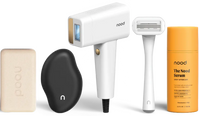


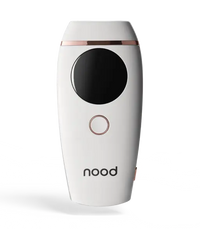
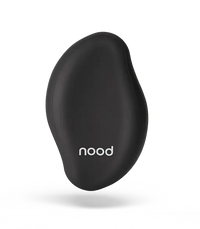
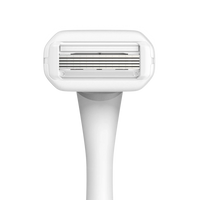
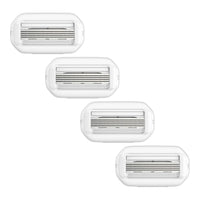
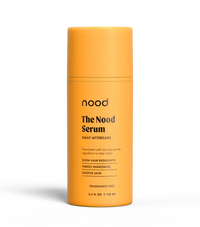
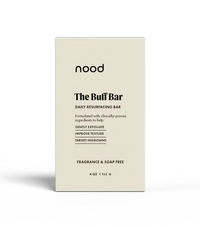
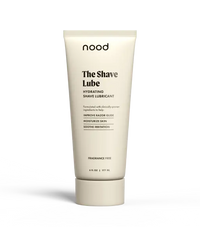


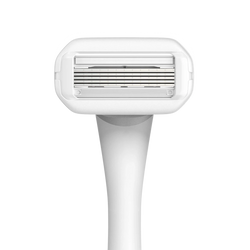
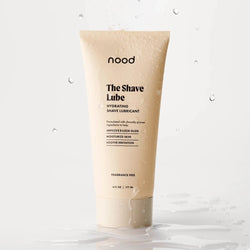

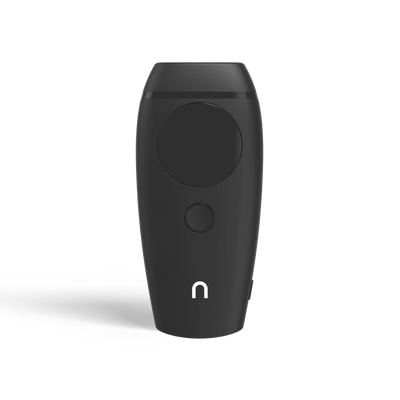
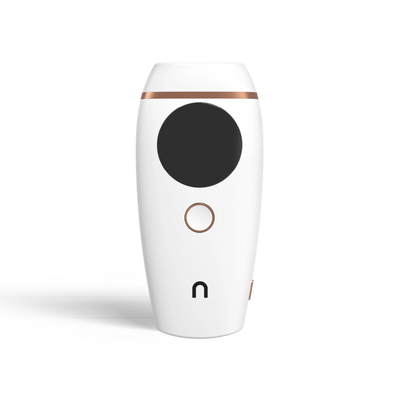

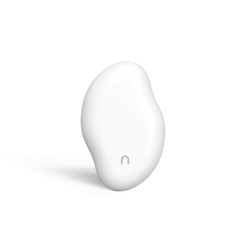
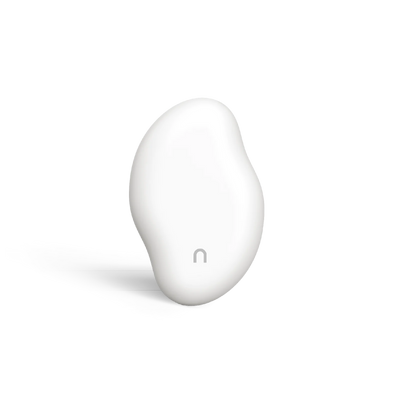
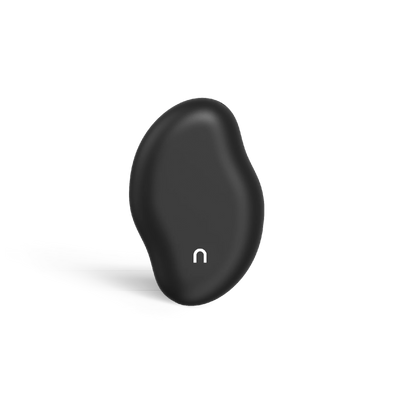

![Laser Hair Removal Side Effects [Infertility Isn’t One!]](https://dropinblog.net/cdn-cgi/image/fit=scale-down,width=700/34248500/files/featured/Laser_Hair_Removal_Side_Effects_Infertility.png)

